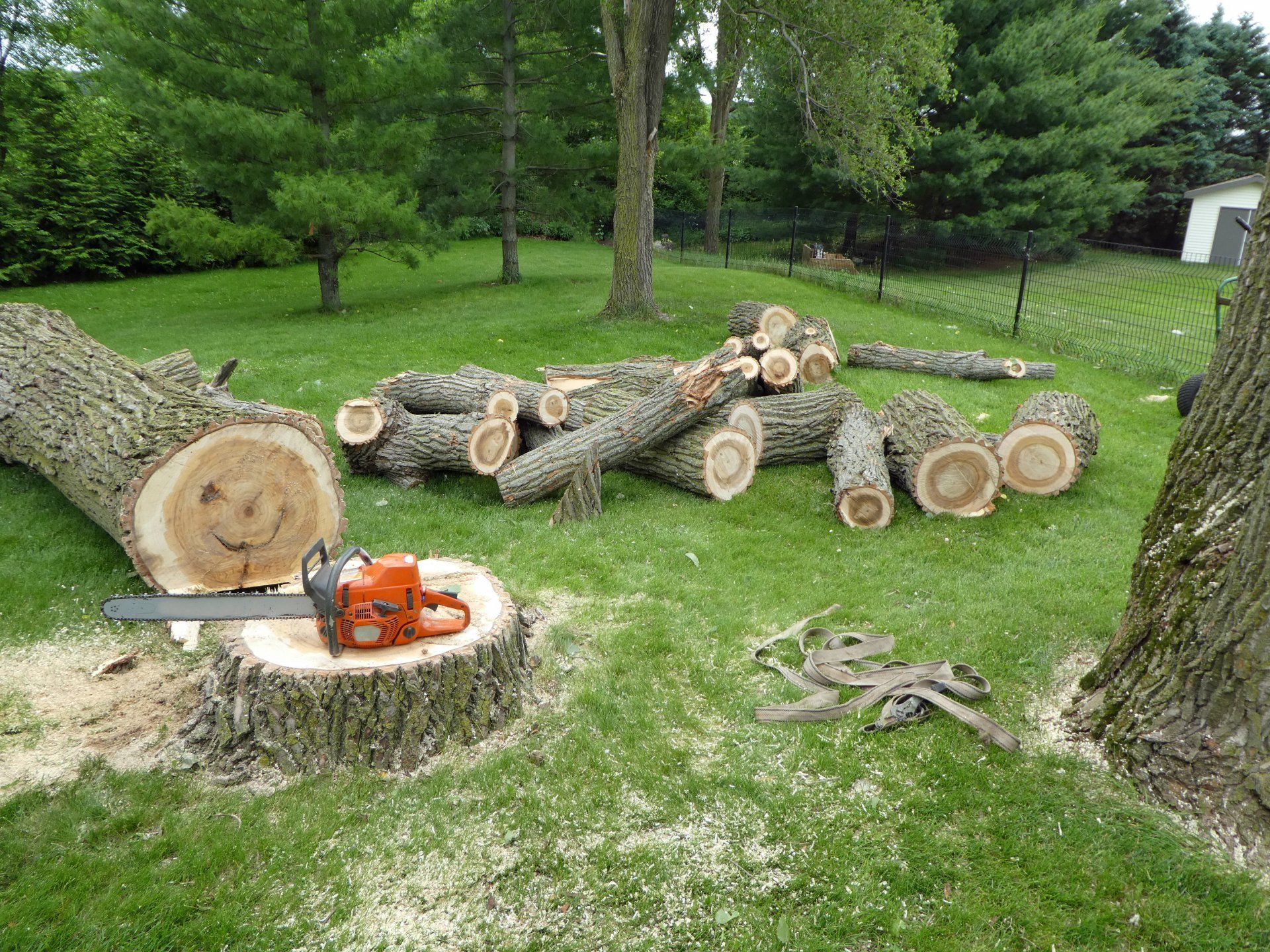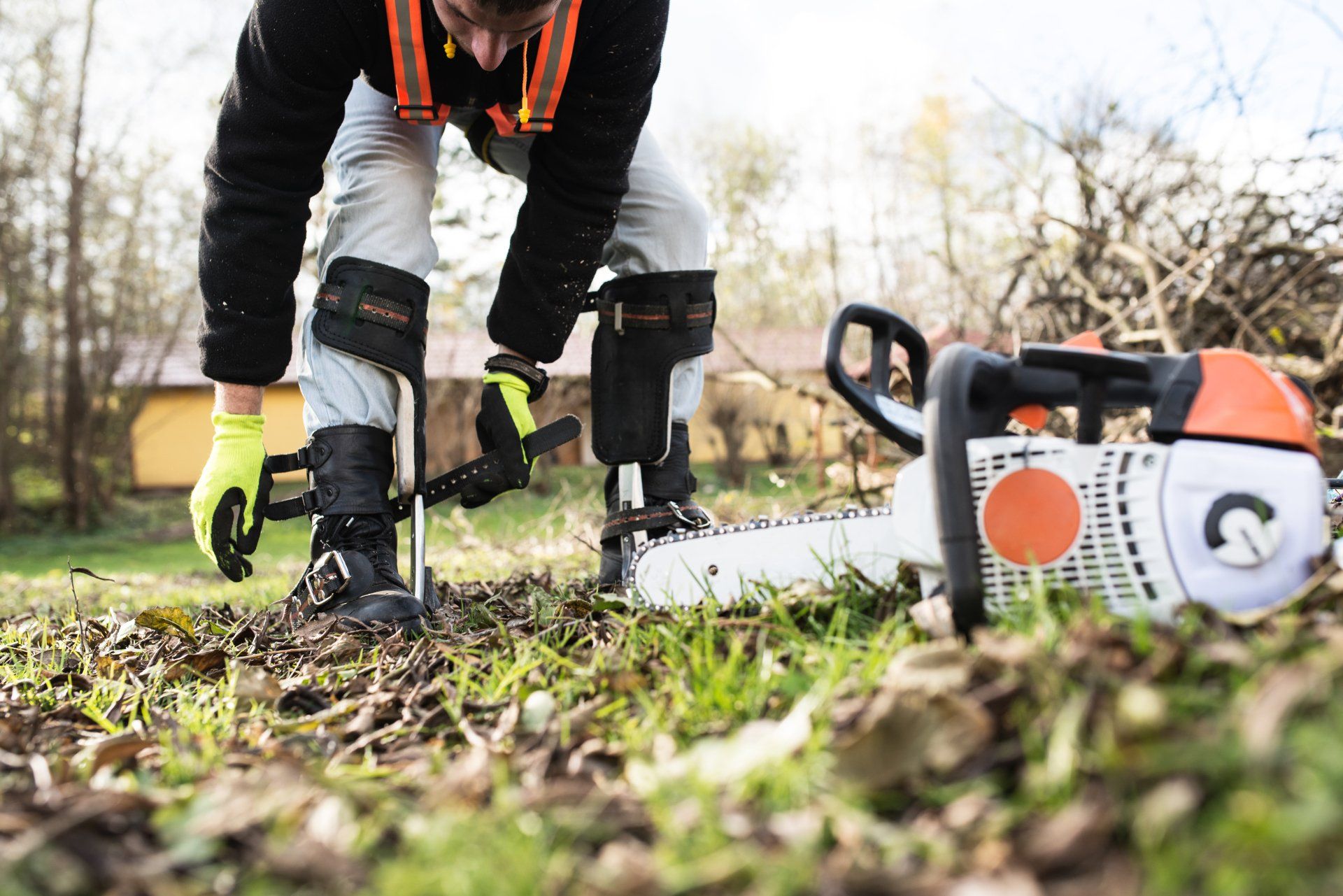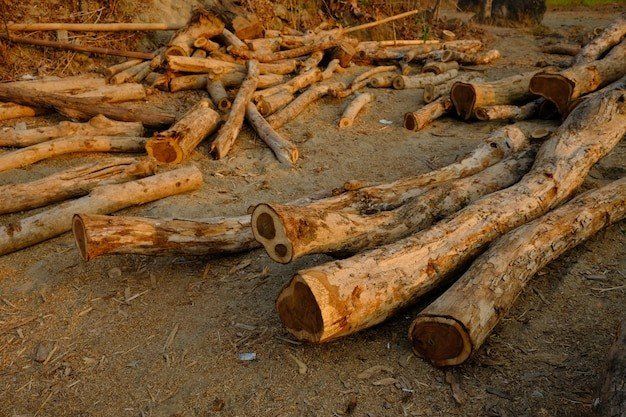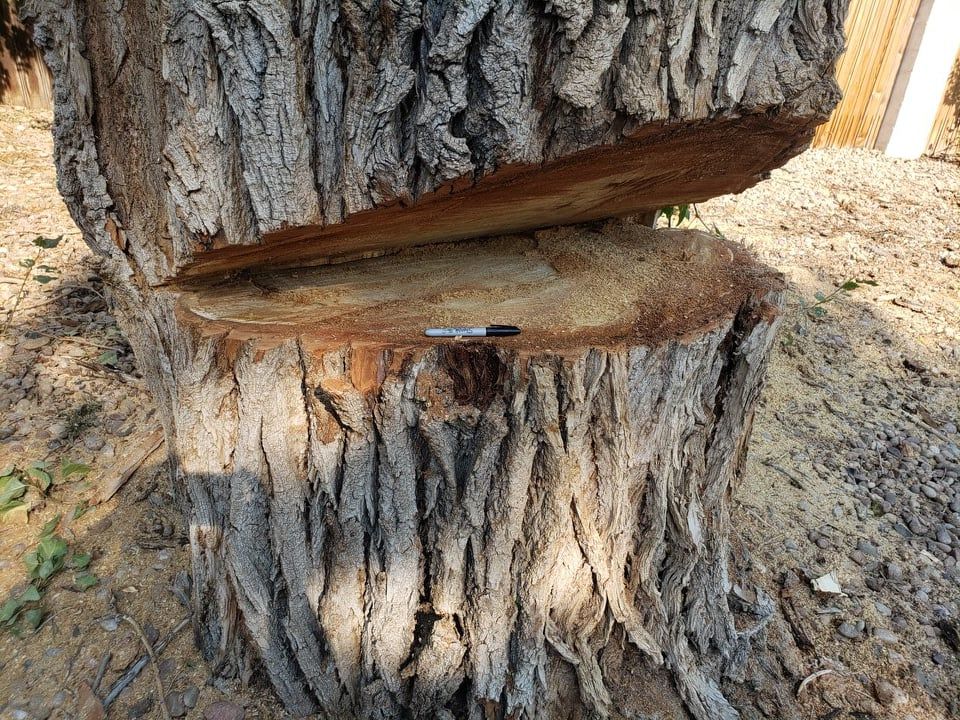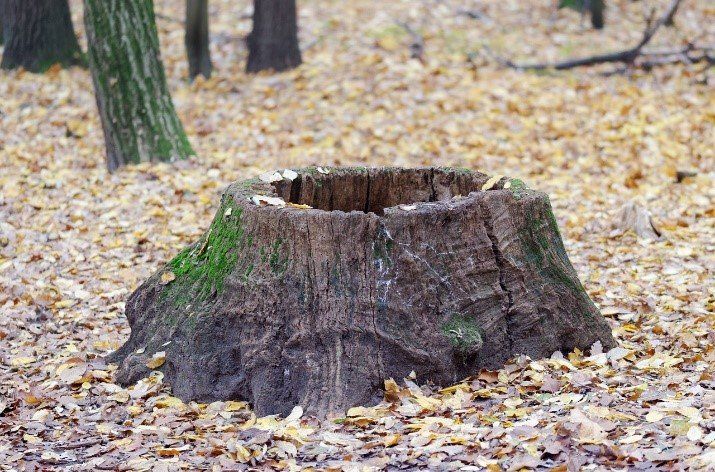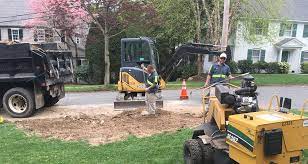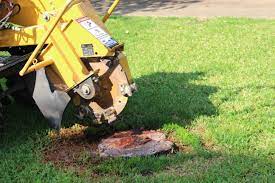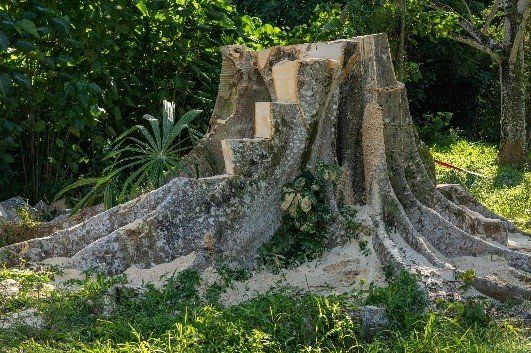Can I remove a tree myself?
Can I remove a tree myself?
When you own your home, you want to get the most value and enjoyment out of it. A tree is a natural element in your yard, but depending on the circumstances, a tree can be more of an inconvenience than anything else. If your tree has grown beyond the fence or other objects and threatens to damage them or grow into something that blocks sunlight, view, or egress, then you will need to remove it. If you have identified that removing a specific tree from your property adds value to your home and furthers its potential as a livable space, read on for information on how to remove a tree yourself.
Research the tree you want to cut down
There are plenty of reasons why you might want to remove a tree from your property. It might be too close to your house, a neighboring structure, or a power line and pose a risk of damage. It might be shading a portion of your yard that you want to use or grow plants in. Perhaps it's growing in an area where you want to add a garden or swimming pool. The reasons for removing a tree are many, so it's important to know what kind of tree you're dealing with before you even think about removing it. Knowing the species of tree will give you a general idea of its size, growth rate and lifespan. It will also help you identify any potential hazards or complications that may arise during the removal process. Different tree species have different root systems, so knowing what type of tree you have will help you prepare for how deep and extensive the roots will likely be.
Hiring a professional arborist
If you need to remove a large tree from your property, you should definitely consider hiring a professional arborist. An experienced arborist will not only know exactly how to proceed with the removal, but he or she will also have all of the correct equipment for the job. An arborist can help you decide what to remove and what to keep, and he or she can also advise you on the best way to go about it. For example, if your tree has grown too close to your home, an arborist can carefully remove it in a way that will minimize damage to your house. If you do not hire an arborist, you will likely be responsible for any damage to your own home or other structures or landscaping that occurs while you are removing the tree. Therefore, if you decide to remove the tree yourself, you should be prepared to deal with any damage that may occur.
Equipment and tools you'll need
There are different ways to remove a tree from your property, depending on the type of tree, its size, and the specific circumstances. For example, you may want to use a crane to lift a large tree out of the ground and away from your house or a power line. Or if the tree is close to the ground, you may want to use a chainsaw to cut it down. Regardless of the circumstances and type of tree, you will likely need to use a combination of tools and equipment to ensure that you do the job safely and efficiently. - First, you will need safety gear, including a hard hat, eye protection, gloves, and steel-toed boots. You'll also need a device for dropping the tree's branches away from you as you cut. There are several different types of drop-branch devices. - You will also need a chainsaw and fuel to cut the tree down. It is important to use a sharp chainsaw to prevent it from jumping or jerking back and harming you. Be sure to start the saw slowly and carefully to prevent kickback. - You will also need a good set of pruning shears to cut branches and remove smaller trees and shrubs from your property. - You will need a good saw for cutting roots. A grubbing spade or a mattock will help you dig up the tree's root system if it is too close to your house or other structures. - You may also need a tree spade to help you dig around the tree's roots if they're too hard to cut with a saw or mattock.
How to stump and root a tree
When you are removing a tree that has grown too large or too close to your house, you will likely want to remove the stump and remnants of the root system as well. This may make the job easier and will also prevent the stump or roots from attracting pests or becoming a safety hazard. A stump grinder is a machine that can grind up the stump and roots, allowing you to remove the tree's remains with ease. Once you have removed the tree's roots, you will want to cover them with dirt so that nothing grows in that area again. You can add gravel, bark chips, or other materials to cover up the roots.
How to prune a tree
If you have a tree that is too large, too close to your house, or just not growing in the way you'd like it to, pruning can be an effective way to control its size and shape. The best time to prune a tree is during its dormant season, when it's not growing or producing leaves. If you prune a tree during its active growing season, it will not grow properly and may even die. There are many different types of pruning techniques. Before pruning a tree, you should know its species and whether it grows best in full sun, partial shade, or full shade, so you can prune it in a way that will encourage healthy growth and maximum sunlight exposure. Depending on the type of tree and the look and size you want, you can choose one of many pruning techniques.
How to remove a tree stump by yourself
If your tree is close to the ground and poses no danger to your house and other structures, you may want to consider digging out the stump and roots by yourself. This is a good option if you have a small tree on a small piece of land and do not want to spend the money on professional help. However, digging up a stump is a difficult and time-consuming process. It takes patience and hard work, and you may not have the energy and time to do it all by yourself. Before you start digging up the stump, you will want to make sure that you have the correct equipment and that you have prepared the area where you plan to dig. First, you will need a digging spade, an iron bar, or a digging fork to dig out the roots. Make sure you mark the stump so that you know exactly where to dig. You can mark the stump with paint or a piece of string, or you can mark the ground with a wooden stake. You can also use a spade or fork to loosen the soil around the stump.
Conclusion
When you own your home, you want to get the most value and enjoyment out of it. A tree is a natural element in your yard, but depending on the circumstances, a tree can be more of an inconvenience than anything else. If your tree has grown beyond the fence or other objects and threatens to damage them or grow into something that blocks sunlight, view, or egress, then you will need to remove it. If you have identified that removing a specific tree from your property adds value to your home and furthers its potential as a livable space, read on for information on how to remove a tree yourself.
